Today we welcome a guest article from Syvantir, an Ireland-based content creator with a real flair for irreverent takes. Check out his take on Izzet Flash for Standard.
Theros Beyond Death is an extremely powerful and impactful set, with its ripples of influence being felt across every single format, in (mostly) healthy ways. While not for everyone, Standard has evolved to be predominantly a Rock-Paper-Scissors format between Mono Red Aggro, UW Control, and Jeskai Fires. The fact that the format can facilitate three completely unique archetypes while still allowing room for innovation is nothing short of amazing. What’s more amazing to me is how some of the more fringe decks have better game against the field than the tier one options have themselves. I’ll be focusing on one such archetype today: Izzet Flash.
Izzet Flash
Izzet Flash
| Creatures (17) 4 Brineborn Cutthroat 4 Bonecrusher Giant 4 Brazen Borrower 4 Gadwick, the Wizened 1 Thryx, the Sudden Storm Spells (18) 4 Opt 2 Negate 1 Omen of the Sea 2 Quench 2 Scorching Dragonfire 2 Thassa's Intervention 4 Ionize 1 Ral's Outburst | Lands (25) 2 Blast Zone 2 Castle Vantress 2 Fabled Passage 8 Island 3 Mountain 4 Steam Vents 4 Temple of Epiphany Sideboard (15) 3 Aether Gust 1 Chandra's Pyrohelix 3 Embereth Shieldbreaker 2 Lava Coil 2 Flame Sweep 3 Mystical Dispute 1 Thryx, the Sudden Storm |
Anyone that’s been slogging it out on the ladder in Arena has probably seen this deck at some stage, but I’ll give a quick explanation of the deck’s basic game plan. Izzet Flash is a tempo-oriented deck that looks to play at instant speed, and mostly on your opponent’s turn. It wants to disrupt early, land a threat at an inopportune time for your opponent, and end the game before they can recover. This deck can turn on a dime, and will greatly reward player skill, timing, and format knowledge. It’s like a control deck for the impatient, in a sense. A pretty strong reflection of Izzet’s color identity, actually!
The deck’s contents can be broken down into two main sections: disruption, and threats. While this may seem like an oversimplification, the game plan is extremely robust, despite the required pilot skill. Let’s first talk about how we’re going to win the game.
Threats
Affectionately nicknamed “Blue Goyf” by Corey Baumeister, Brineborn Cutthroat is the fastest and most efficient threat in our deck. Being able to hold up removal or a counter on turn 2 is good; when you add the option to flash in a creature that will grow larger every turn, suddenly it feels like every choice our opponent can make is the wrong one for them. It’s not unusual to see this pirate grow to six or eight power, sometimes more (my record was 16). Likewise, Bonecrusher Giant is a another example of a card whose power is in its versatility rather than its effectiveness. Two mana for a mediocre burn spell is poor, and a three mana creature sans flash seems terrible in this deck, but being able to kill a creature one turn, then play out a decent body the next without spending an additional card is straight value. It’s no wonder that this is the most played creature in Standard.
Brazen Borrower is a card that has proven itself a thousand times over already. To quote Autumn Burchett: “Brazen Borrower is like a Remand that always draws a Vendilion Clique”. Sure, neither half of the card is quite as good as either of those spells, but the power is again in its versatility, and in its ability to be a significant tempo play without sacrificing card advantage.
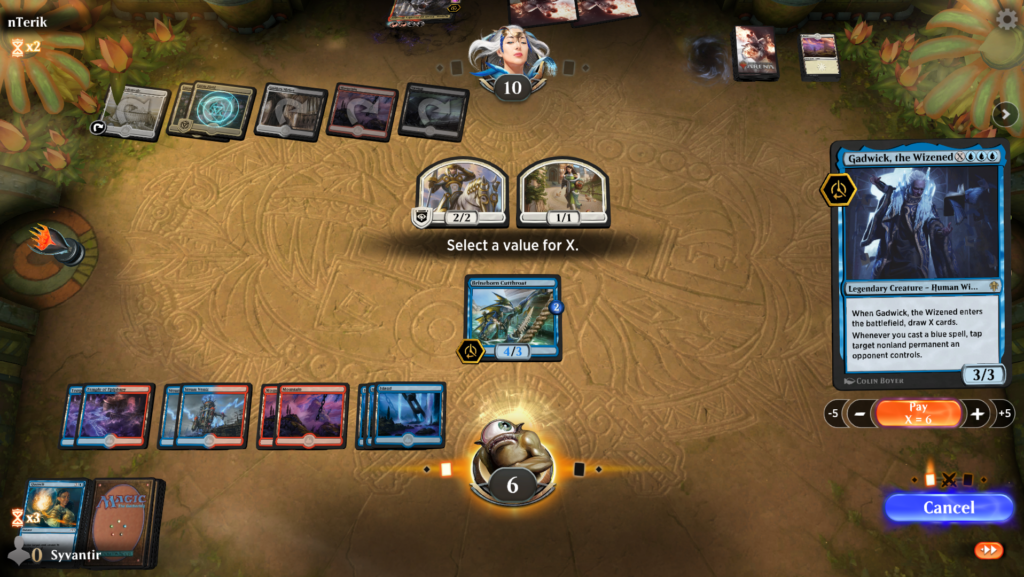
Gadwick, the Wizened is our main source of card draw, and the biggest pain for any creature-based deck. I glanced past this point with Brazen Borrower, but tempo is often gained at the cost of card advantage. If you cast Unsummon on a creature, you’re up on tempo but down a card by casting the spell. Eventually, you’ll run out of gas and your opponent can stabilize. Most tempo decks hope to end the game before this happens, but when it doesn’t, Ol’ papa Dadwick will be there to refill your hand, allowing you to go another few rounds. When you add to this his immense ability to tap down creatures (often at instant speed), it’s easy to see why he is one of the strongest cards in the deck.
Thryx, the Sudden Storm is a new addition from Theros Beyond Death, and rounds out our threats. Stats-wise it’s the biggest creature in the deck, making it an excellent mid-game ambusher and a fast clock to boot. Where it really shines, however, is in the control matchups. If this resolves against UW Control, for example, we can then cast a massive Gadwick without fear of it being countered. In metagames where control is on the downswing, this can be relegated to the sideboard to make room for more removal or counters if necessary.
Disruption
Now that we’ve covered how we’re aiming to win, let’s dive into the disruption we’re running to keep our threats safe, and our opponents in check.
Jokingly called Mana Weak, Quench is arguably the least reliable counterspell in the 75, but it plays a critical role in certain matchups. Its primary use is to prevent early problems like Teferi, Time Raveler (even on the draw), and to almost always stop an Embercleave from hitting the board. Negate is also here to help us stop some of the greatest threats to our gameplan: planeswalkers, Fires of Invention, and Adventure spells.
Ionize is our strongest and most flexible counter as it can stop anything, and the added burn damage can help in tight races. Three mana can be a lot to hold up, however, so be sure that we can cope with the current board state before committing to ignoring it for a turn. Another recent upgrade to the deck, Thassa’s Intervention is almost the perfect “Draw-Go” style card. With this one spell, we can hold our mana up for a counterspell, or draw some cards if we don’t counter anything. This scales well as the game progresses, and helps us to adopt a slower, more controlling playstyle if we need to.
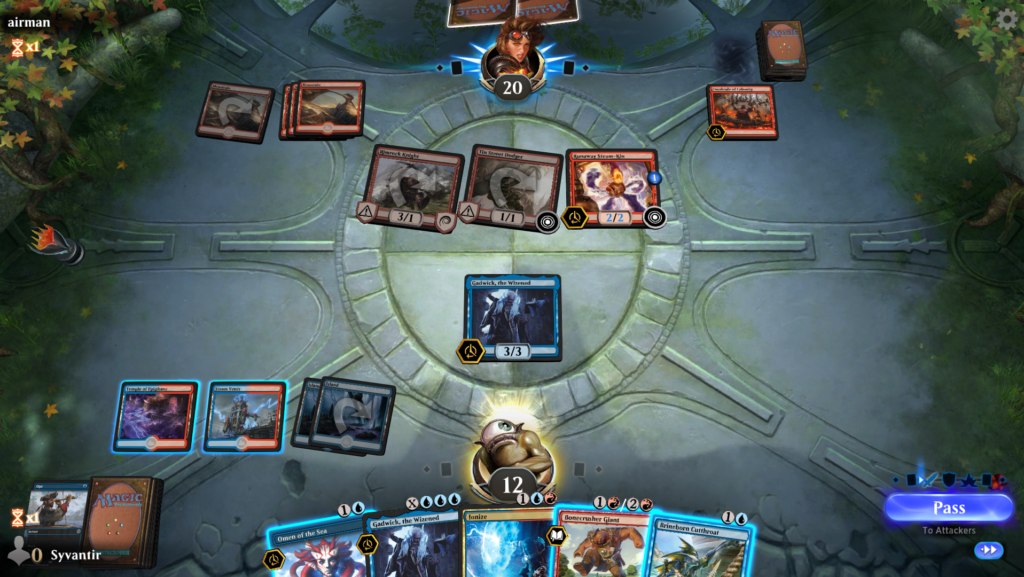
On to removal, and it has to be said that Scorching Dragonfire lines up nicely with a lot of the field currently—it kills everything except Torbran, Thane of Red Fell in Mono Red, and it can snipe low-loyalty planeswalkers like Narset, Parter of Veils and Teferi in UW. As it has an exile clause, it can take care of Anax, Hardened in the Forge and Cauldron Familiar for good, preventing any incidental value from being gained. This also prevents planeswalkers from coming back with Elspeth Conquers Death, which is again relevant.
Back when Izzet Flash was a tier one option, Izzet Flash ran multiple copies of Ral’s Outburst. Theros Beyond Death gave us greater tools, meaning that we don’t need to rely on more expensive options like this. With that said, we still run a “fun-of” Outburst, as the value is just too great to ignore.
Omen of the Sea (or Seaordain if you enjoy wordplay) is an instant speed Preordain with upside, and is an unbelievably good rate at two mana. This is another “fun-of” as it fits the same role as Opt, but cutting any other cards from the deck to fit more of Omens will dilute our game plan and cause us to spin the wheels too often. A playset of Opt, meanwhile, allows us to run one fewer land, smooths our draws, and improves consistency. Also, being able to trigger Gadwick’s ability for one mana at instant speed is pretty satisfying.
Sideboard
Standard currently has quite a number of powerful color hosers available, and we will be taking advantage of some of them in our sideboard:
- Aether Gust—Great against Mono Red, Temur Reclamation, Jund Food, Temur Adventures, Jeskai Fires
- Chandra’s Pyrohelix—As Mono Red’s creature base has mostly one toughness, this is often a two-for-one. This can be maindecked in aggro-heavy metagames
- Embereth Shieldbreaker—Necessary against Temur Adventures for destroying Lucky Clover and The Great Henge
- Lava Coil—Useful against Anax, Hardened in the Forge, and is a concession against Shifting Ceratops
- Flame Sweep—This is often a three or four-for-one against Mono Red
- Mystical Dispute—Super effective against UW Control, Temur Reclamation, Sultai Midrange
- Thryx, the Sudden Storm—Excellent in the control matchups
To pilot this deck effectively, we need to know the key threats to our game plan and how to circumvent them. Every deck has at least one or two cards that will cause us headaches, and we need to prevent them from resolving (or at least sticking around for more than a turn). I’ll run through some of the most important ones here.
Making the Right Plays
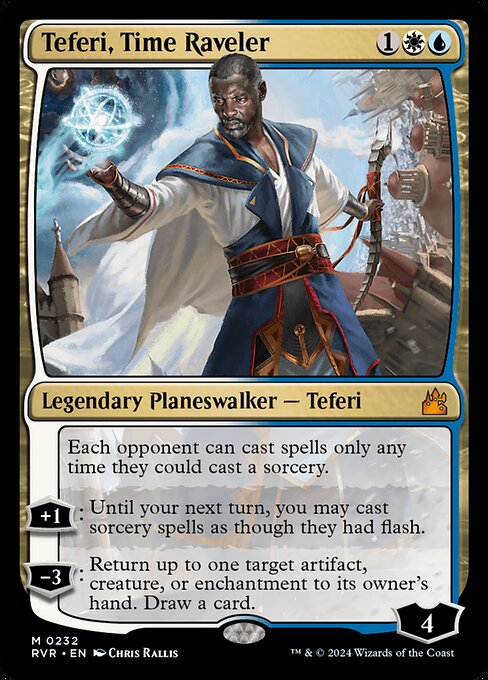
Being able to turn off most of our deck is the last thing we want. Counter this if you can, otherwise flash in a threat while he’s on the stack. This forces them to keep his loyalty low and manageable for us.
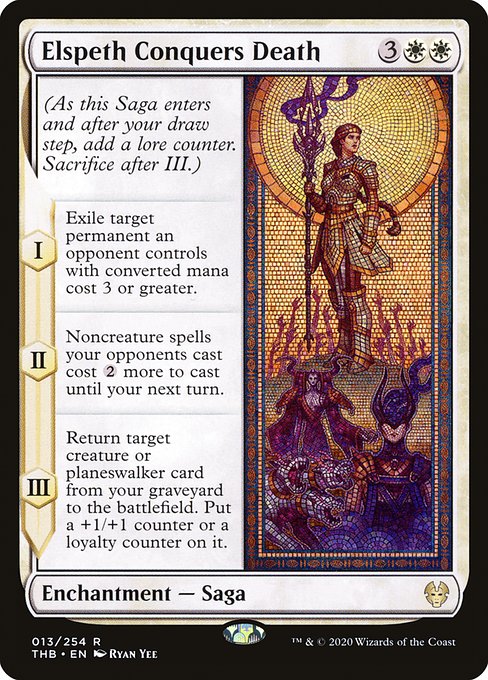
All three modes are catastrophic for us, but thankfully its high cost means it’s easy to counter, so make sure to have mana ready.
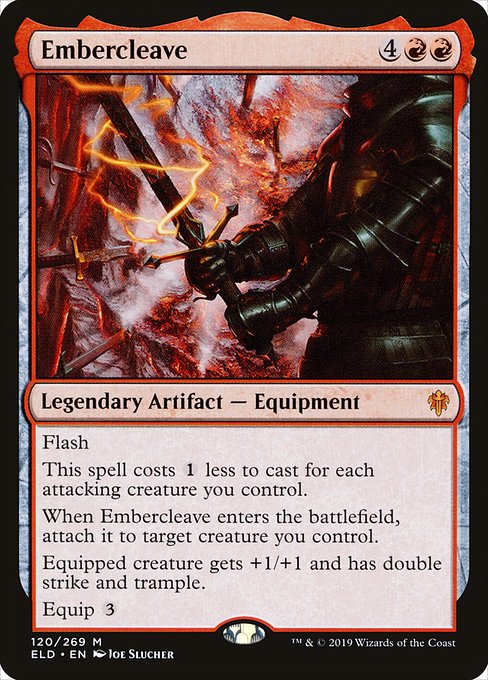
This can end the game in one turn if we’re not careful. Don’t use your counters on small creatures, save them for this instead. If that’s not possible, bounce the equipped creature with Petty Theft and make them tap out to equip it normally.
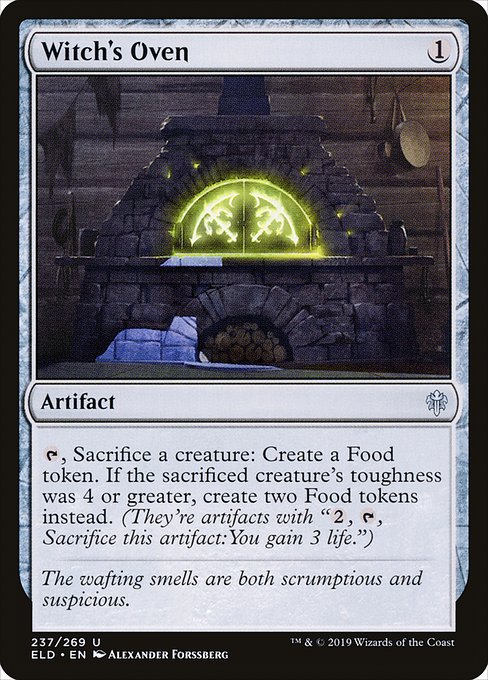
This little combo is particularly problematic for the deck, as it can get in under the counters even when you’re on the play. Bide your time and snipe the cat with Scorching Dragonfire, or do the tried and tested “bounce ‘n’ counter” on the oven. Blast Zone also works wonders here, allowing you to hit both pieces of the combo.
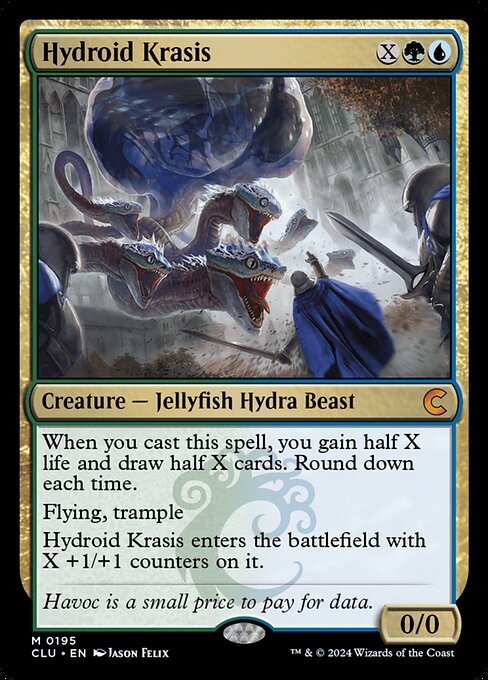
The value this generates is hard to deal with. Use Gadwick to draw out of the setback and keep the creature in check. If this is a prevalent threat in your metagame, consider sideboarding some number of Whirlwind Denial to counter both the creature and the cast trigger.
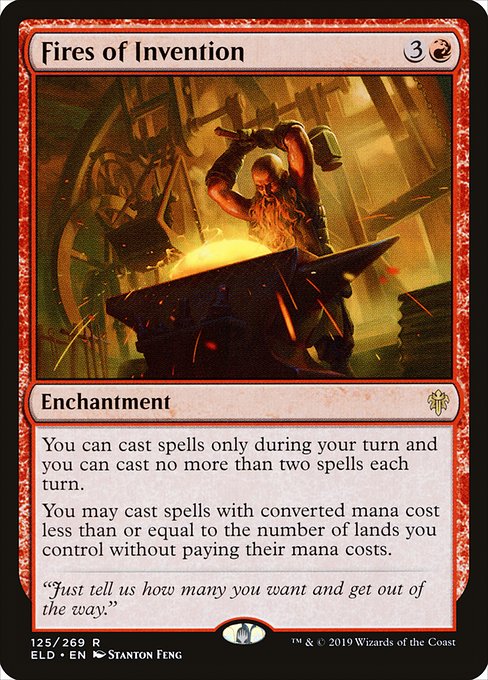
If this resolves your opponent will be able to brute force a threat through your counters. Countering this is important, though bouncing it can mitigate the advantage they can gain with it.
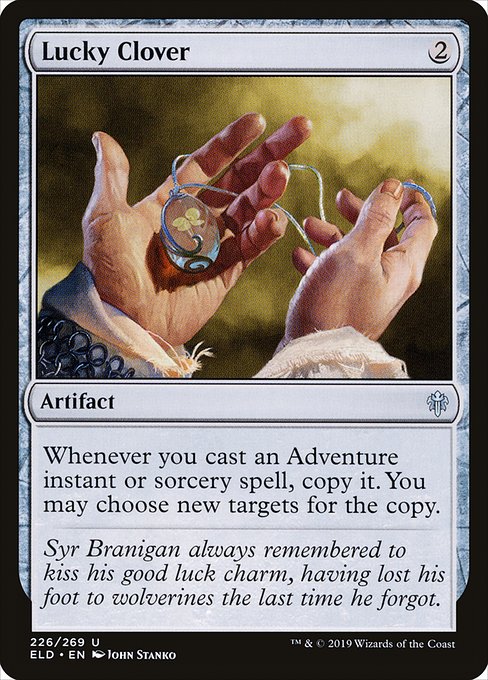
Another difficult problem to prevent, especially on the draw. This is best answered post-board, or by using Blast Zone on it.
Usually, the best option for us to deal with a problem is to not let it resolve. This isn’t always possible, but that’s okay. Thankfully, design philosophy in Magic has recently gravitated towards permanent-based plays; this means that our backup plans of bouncing with Petty Theft or blowing up with Blast Zone are surprisingly reliable. So if something difficult does resolve, don’t fret—just dig for your answers!
We hope you enjoyed this guest piece. Get in touch with Syvantir on Twitter to let him know your thoughts—have you had success with this deck, or do you have a deck primed to prey on Izzet Flash?

